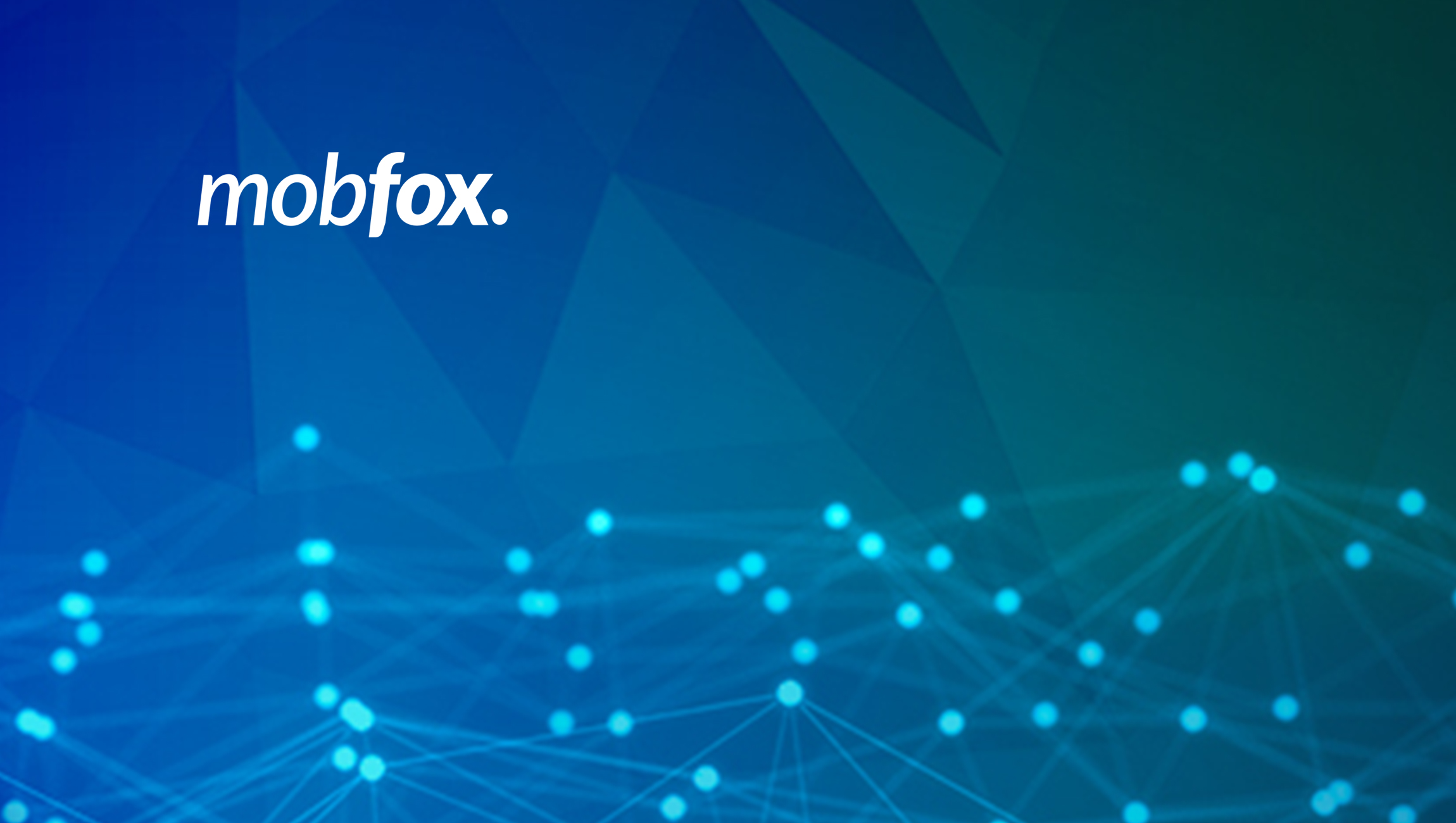 The workplace is evolving, especially as millennials become the vast majority of the workforce. This demographic is growing – representing 38 percent in 2017 from just under 25 percent in 2011 according to Paychex, and is influencing how we conduct business, manage people, and communicate.
The workplace is evolving, especially as millennials become the vast majority of the workforce. This demographic is growing – representing 38 percent in 2017 from just under 25 percent in 2011 according to Paychex, and is influencing how we conduct business, manage people, and communicate.
Until now, email has been the pervasive medium for organizations to communicate, however, new messaging platforms are challenging the status quo to serve the needs of millennials. Whether working at a desk or in the field, email is not keeping today’s workforce connected to the organization. In fact, a Workfront survey of over 2,000 employees shows that on average, a total of 199 emails are sitting in their inbox unopened. This further validates the ineffectiveness of email, and the lost opportunity for organizations deliver timely, business-critical information to the changing workplace and workforce.
Today’s workers are demanding real-time communication – expecting to live, work, and communicate at the moment. Based on their needs, next-generation communications platforms that mimic an organization’s structure can present leaders with the capability to deliver the right information, to the right employees, at the right time. These solutions not only provide instant access to the front-lines but also give the front-lines access to their peers.
More than point-to-point message delivery, next-generation platforms can be connected to disparate systems like intranets and other scheduling, CRM, and HR applications – creating robust knowledge bases that drive operational efficiencies, scalability, and growth. These knowledge bases can be further automated through artificial intelligence (AI), enabling users to quickly get answers to questions in milliseconds.
AI technology provides new ways to engage employees and customers. According to Gartner, 30 percent of our interactions with technology will be through conversations via smart machines and software-based robots.So, what are the key drivers impacting these transformational changes in technology and the workplace?
Top-Down Messaging
While organizations are geographically-dispersed and employ a mix of full- and part-time personnel, they still need to deliver timely messages to the right person (or group) at the right time. Delivering messages to an app is more responsive than traditional email. In fact, our clients on average realize a 200% increase in messaging received-rates compared to email. This significantly improves employee engagement and performance.
Workforces can receive and acknowledge timely sales promotions, urgent corporate announcements, details on new product launches, and more, directly to their smartphones. Additionally, time-sensitive information can be separated from the everyday workplace chatter so that it does not get lost or forgotten.
Also Read: Why You Should Be Paying More Attention to Your Holiday Email Marketing
Peer to Peer (and Group) Communications
Horizontal communication can yield a higher quality of information exchange since it transpires directly between team members working in similar environments. Threaded conversations contained in an app, enable peer and group communications, giving team members the capability to work together, collaborate, and exchange information in real-time as necessary.
Engagement and Accountability
In our experience working with large retailers and enterprises, individual, group, and organizational performance can be correlated to those who receive key messages, versus those that did not open them. To boost employee engagement, with real-time reporting in place, management has the ability to monitor what messages were opened and by whom. Knowing open rates can be monitored, employees are more attentive, diligent and engaged. Additionally, insight via analytics provides the capability to view the health of your organization and holds teams more accountable.
Also Read: Have Your Best Email Marketing Year Ever by Focusing on Engagement
Artificial Intelligence and Machine Learning
According to a report from the McKinsey Global Institute, artificial intelligence and machine learning capabilities through bots shift the burden away from workers struggling to manually filter the influx of content, communications, and notifications.
Instead, chatbots can be integrated with an array of systems and applications to fetch all types of information. They are always on and ready to serve employees (and customers) in real-time.
Using conversational language, employees can ask questions pertaining to personal schedules, policies, promotions, and more. As questions are answered, machine learning enables chatbots to grow and expand their knowledge parameters.
Making the Shift with Millenials
It is clear that mobile devices, apps, and chatbots integrated with next-generation communications platforms are enabling organizations to empower their people in the workplace with tools to collaborate more effectively. As a result, workforces, especially millennials, will be better informed, engaged, and connected. Thus, they will be in the best situation to make decisions, be more productive, and deliver impactful customer experiences.
Also Read: Reaching the Millennial Travelers: The Marketing Channel That’s Making a Surprising Impact












Comments are closed.